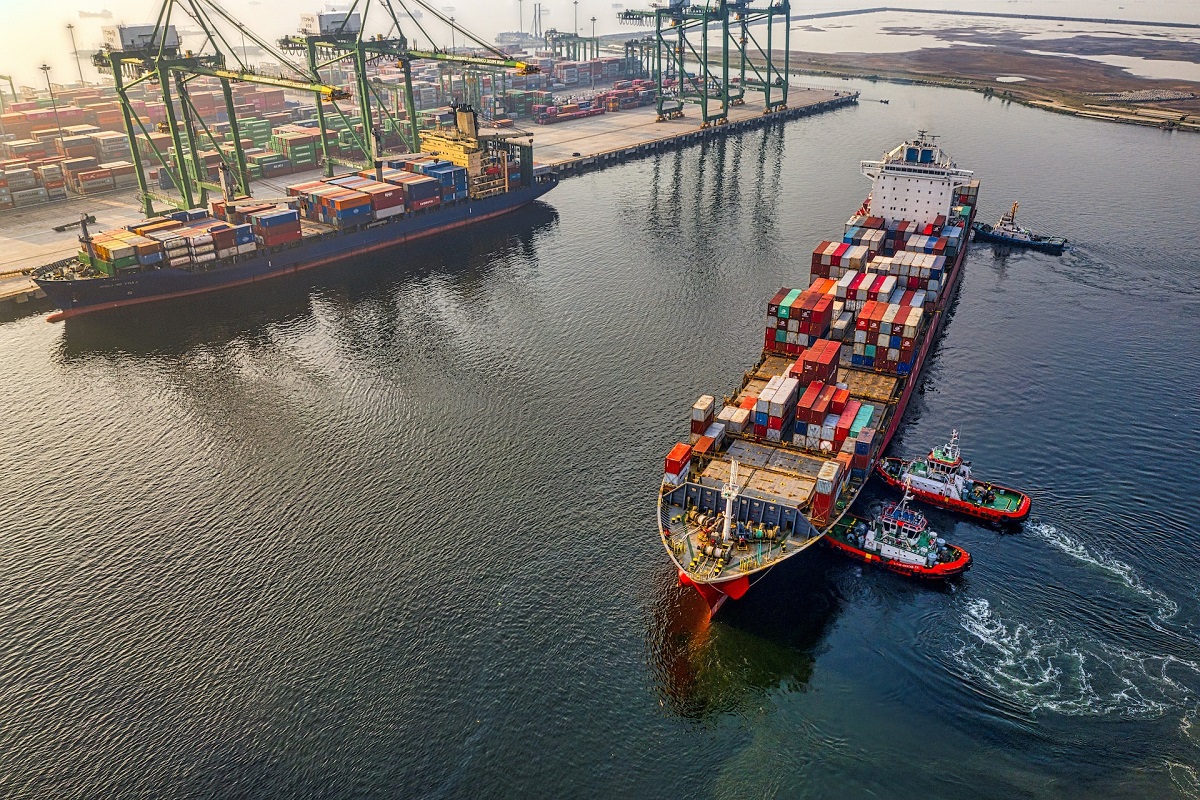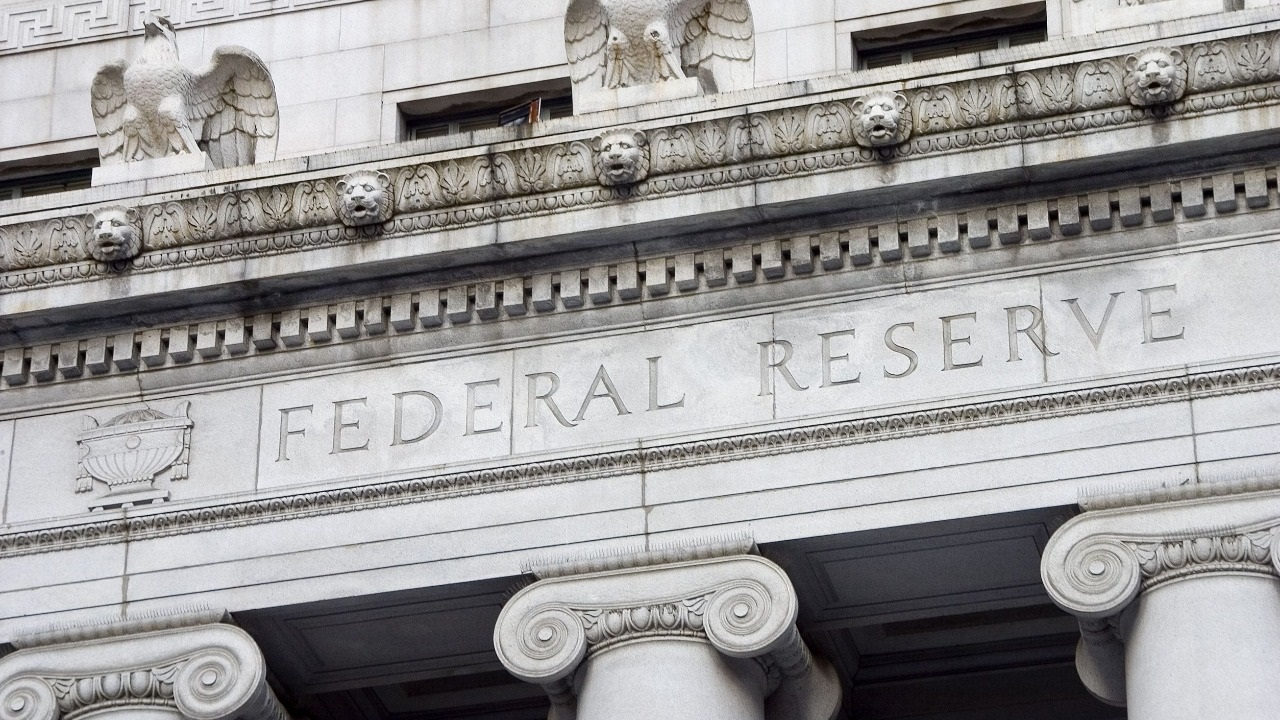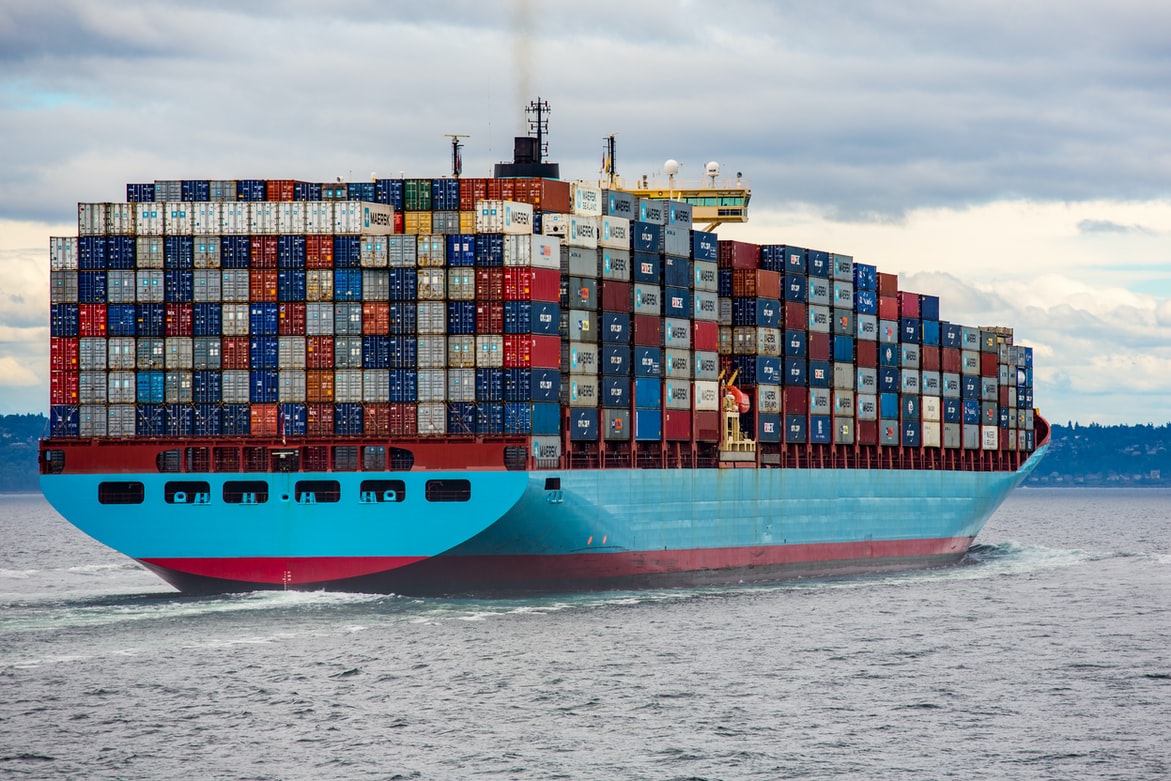
Climate risk is reshaping US migration patterns, but change is slow
___
Published Date 10/7/2024
Why do people do it? Why do they either stay in or move back to parts of the country where natural disasters are known to strike repeatedly and only get worse, whether it’s the tempestuous coastal South, the tornado-prone flatlands of the Midwest, or the arid mountains of California?
Governing.com recently published Mark Gongloff’s take on this from Bloomberg Opinion, saying how in some ways it began four years ago, when the rise of remote work created a new version of the American dream: No longer forced to live close to the office, millions of people realized they could pull up stakes from New Jersey or wherever and move to sunnier, cheaper places.
“Unfortunately, many who made the trip found a nightmare waiting when they arrived: climate change and its accompanying threat of home-destroying natural disasters,” says Gongloff. “ The good news is that destruction and soaring insurance costs might finally be forcing Americans to take climate into account when deciding where to live. The bad news is that, on the whole, they’re still making risky choices — often leaping from figurative frying pans into literal fires.”
Recent data from real estate company Redfin suggests a subtle shift in Americans' migration patterns, with fewer people moving to areas prone to natural disasters. In 2023, only 16,144 people net moved into high flood-risk counties, a significant drop from the 383,656 who relocated to such areas in 2021 and 2022. Similarly, migration to high wildfire-risk counties decreased to 63,365 in 2023, down from 446,343 in the previous two years.
Some disaster-prone regions, including California's wildfire zones, Houston, coastal Louisiana, and Miami, are seeing population declines. However, the picture is complex, as factors like living costs also influence migration decisions. For instance, areas around Houston with similar flood risks are still attracting new residents.
Florida remains an exception to this trend. Despite increasing insurance costs and disaster risks, the state's high-flood-risk counties saw a net influx of 68,564 people in 2023, accounting for over half of the country's total migration into flood zones.
Redfin's Daryl Fairweather notes that while homebuyers express concern about climate risks, other factors like affordability, warm winters, family proximity, and amenities often take precedence in their decision-making.
The case of Fort Myers, Florida, illustrates this complexity. Despite the devastation caused by Hurricane Ian in 2022, Lee County (home to Fort Myers) attracted 8,374 new residents in 2023. The area faced flooding again from Tropical Storm Debby, highlighting that even less severe weather events can cause significant damage in vulnerable regions.
Texas presents another interesting case. The state attracted 30,156 people to its wildfire-prone counties in 2023, many fleeing California's wildfires and high costs. However, Texas itself experienced nearly as many wildfires and saw a 23% increase in homeowner insurance premiums last year – the highest in the country.
These trends underscore a critical issue: the continued movement of people and infrastructure into high-risk areas contributes to the increasing frequency of billion-dollar disasters. Yes. If a tree falls in the woods and no one is around, it still makes a sound. Addressing this challenge will require policymakers to balance risk-reflective pricing with assistance for vulnerable homeowners, while also improving consumer awareness about climate risks and insurance costs.
The stakes are high, with estimates suggesting that between 17 million and 39 million homes in the US are underinsured for flood and fire risk, potentially representing over $1 trillion in property value at risk. While addressing these issues may be economically challenging, ignoring them could lead to far more severe consequences in the long run.
Governing, Bloomberg, TBWS
All information furnished has been forwarded to you and is provided by thetbwsgroup only for informational purposes. Forecasting shall be considered as events which may be expected but not guaranteed. Neither the forwarding party and/or company nor thetbwsgroup assume any responsibility to any person who relies on information or forecasting contained in this report and disclaims all liability in respect to decisions or actions, or lack thereof based on any or all of the contents of this report.


Millenium Home Mortgage
Manager
NMLS: 51519
Millenium Home Mortgage LLC
1719 Route 10 East, Suite 206, Parsippany NJ
Company NMLS: 51519
Office: 973-402-9112
Email: connie@mhmlender.com

Millenium Home Mortgage
___
Manager
NMLS: 51519
Last articles
___

The reported US trade deficit for September was higher than expected
11/5/2024
The September Goods and Services Trade Balance was $-84.4B versus estimates of.... view more

Housing Market Shift: Listings Soar to Pre-Pandemic Levels
11/4/2024
Even if home prices have not fallen, it might be good to know that you’ve got mo... view more

Markets prepare for an extremely volatile week
11/4/2024
A nice improvement this morning, the 10 year note began down 11 bps from Friday,... view more

Doctor's kitchen warning soaks up controversy
11/1/2024
A medical professional's viral warning about a common kitchen item has sparked h... view more

Kitchen remodels: What your money really buys
10/29/2024
Want to renovate your kitchen? Be prepared for some eye-popping numbers. Accordi... view more

Consumer Confidence reports an unexpected boost
10/29/2024
The Conference Board's October Consumer Confidence report shocked to the upside,... view more

Someone’s here: Homeowners who live with poltergeists
10/28/2024
When northern California homeowner...... view more

Expect high volatility this week with both inflation and labor data
10/28/2024
In global news, Israel made its move on Iran this weekend attacking military ins... view more

Kissing your mortgage goodbye: The truth about early payoff
10/25/2024
Did you know that in Scotland, a house with a red door signifies the owner has p... view more

The fall of the grand foyer: Why 2-story entries are no longer the ticket
10/22/2024
If you’re looking for a home with a voluminous grand foyer as you enter, your ch... view more
Load more
 Millenium Home Mortgage LLC
Millenium Home Mortgage LLC



































